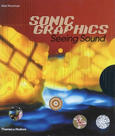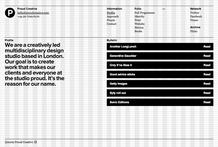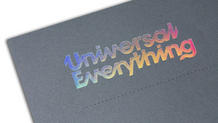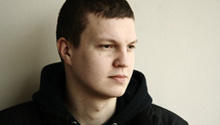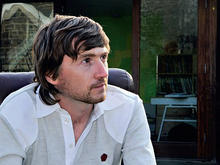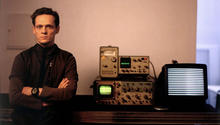S4C Rebrand
(2008)- Live action idents for Welsh channel S4C by Proud Creative all feature elements which respond to the voice of the channel's announcer.
The latest batch of live action idents for Welsh channel S4C by Proud Creative all feature elements which respond to the voice of the channel's announcer – thanks to 12 months of research and development, not to mention the code-writing skills of directors Minivegas.
"By fusing traditional notions of national pride with contemporary motion design we have created a unique and arresting development to the award winning first set of idents," says Proud Creative's Dan Witchell. "The voices of S4C literally breathe new life into traditional Welsh landscapes, shaped and moved by sound and language," he continues. "Older generations see the familiar beauty of their Wales represented in a new way. Younger demographics see S4C representing a developing and creative nation in way that they understand. With every voice-over the image will change in a unique way - every broadcast will be a one-off piece."
Source: Creative Review
"At the pitch stage the only area where we presented more than one route was with the idents. The Chief Exec and Creative Director loved both ideas - and with the audio reactive route being so radical and requiring so much development time, it was decided that it would make a great follow on from the launch set.
For the second set, and after twelve months of research and development, Proud and Minivegas created an innovative and bespoke piece of software that enables realtime rendering of live action elements. Leading to a series of films in which the continuity announcer creates a subtly different ident for each viewing, through voice activation. A world first."
Source: Proud Creative's website
